Safety gets better when there’s Engagement and Respect happening!
The Occupational Health & Safety Survey
The State of Employee Safety in 2023 survey was published by Alert Media in Occupational Health and Safety.1 They surveyed 2000 full-time workers in the USA.
About 80% of the employees felt their safety was more important than productivity and job satisfaction. They all felt that their employers did not have as a high a value for any of these things. This was also true for mental health issues. Almost half of the employees are concerned about public health emergencies, workplace violence and technology failures.
About a third want better communications, more information about injuries and incidents as well as better safety training.
Reflections on the Feedback
In reflecting on the survey, the employees were fairly positive. It seems as though the people really want to be more a part of what is going on. While most of them care about their own safety, they feel that their managers do not care so much. They also feal that they are being left out of things. They want to know more about what is going on, not only about the things happening in their on workplace, but also about things going on outside of work that can impact them.
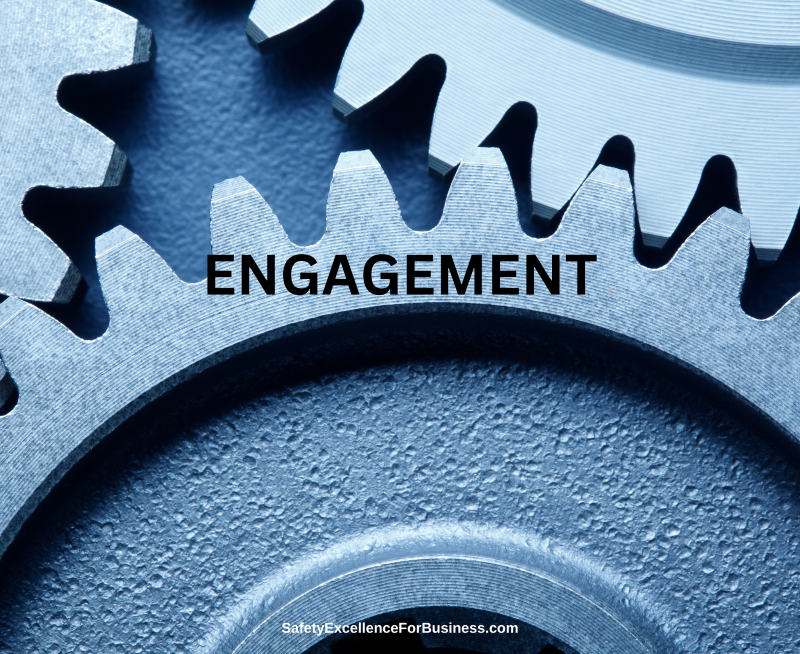
They want to know what the managers are thinking about. The employees also have ideas that they would like to share. They want better communications, as well as safety training. These are all good. But there is a sense that their managers do not have the same level of concern for their safety and health.
There was not much about what the employees could do to improve things. It is not just the managers who can make a positive difference, everyone can do that. This survey opens the door for good conversations about how things can get better.
Going Forward
In my experience, most people want to be treated with respect, be heard and have their ideas given consideration. As the managers and employees talk together, a lot of learning will take place. People will become more engaged and contribute more towards the organization’s success.
Sometimes managers hesitate to be more open and share for fear that they will loose control of things. As a manager for many years, I found that when I had my thinking and messages clear, I could talk openly with the people. We could set the standards and formulate the direction we needed to go. Then as we talked together, the people began to come together working towards really improving things, so I actually had better control in helping the organization to achieve success. Safety improved, productivity improved, and earnings improved.
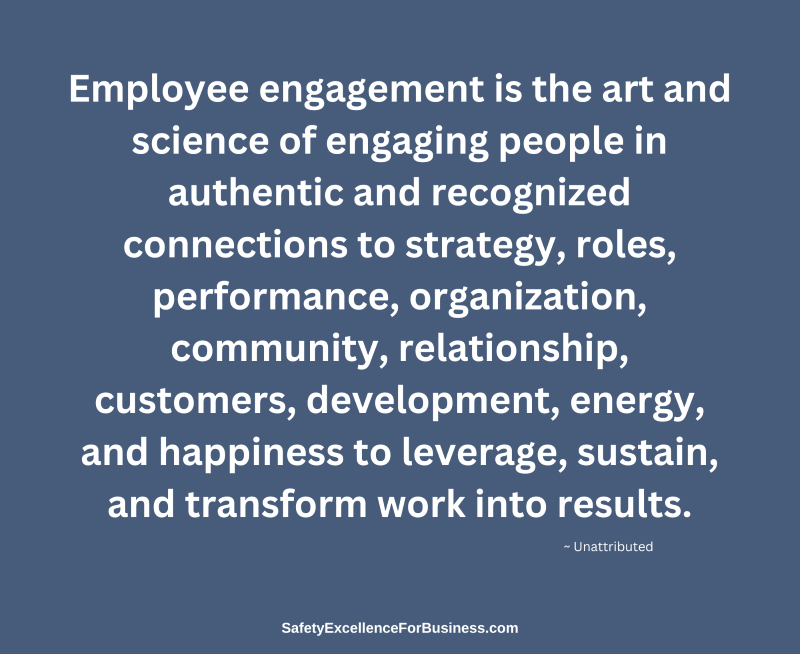
While this sounds fairly simple, I have found that many managers try to avoid talking with the people. Managers are supposed to know what is going on and be able to answer questions so when they are asked a question they can’t answer, they feel as if they have failed. I struggled with this in my early, manager days until I accepted the fact that I did not know all the answers, and that was okay. No one knows everything, we all know that so let’s accept this and learn together. When I made this shift in my thinking, things got a lot better and much easier. I did not have to pretend that I knew everything, and fear that someone would embarrass me. When someone asked a question I couldn’t answer, I told them I did not know the answer, and then got back to them promptly when I did get the answer.
The more we interacted, talking and learning together, everything improved, and my job got a lot easier. I spent a lot more time being a cheer leader which was fun.
Everywhere I have worked, I found that treating people with respect, listening to their ideas, talking together, getting clear on the standards of performance, co-creating our goals and praising them for their successes was the formula for our successes. A lot fewer people got injured and the company made a lot more money.
 In this story, a wicked witch puts the princess and the whole kingdom to sleep for 100 years. They all have to wait for the arrival of the prince to kiss the princess and awaken everyone. As children, we all knew this story, but in this new book, Stephen Capizzano shifts the story to thinking about what happens in our organizations.
In this story, a wicked witch puts the princess and the whole kingdom to sleep for 100 years. They all have to wait for the arrival of the prince to kiss the princess and awaken everyone. As children, we all knew this story, but in this new book, Stephen Capizzano shifts the story to thinking about what happens in our organizations. When we were able to shed our old habits at our Plant in West Virginia, injury rates dropped by 97%, emissions to air, ground and water as reported to the EPA dropped 95%, productivity rose by 45% and earnings rose by 300%. As I walked the plant for 5 hours each day we were reminding ourselves to shed the old habits and create a much brighter future.
When we were able to shed our old habits at our Plant in West Virginia, injury rates dropped by 97%, emissions to air, ground and water as reported to the EPA dropped 95%, productivity rose by 45% and earnings rose by 300%. As I walked the plant for 5 hours each day we were reminding ourselves to shed the old habits and create a much brighter future.
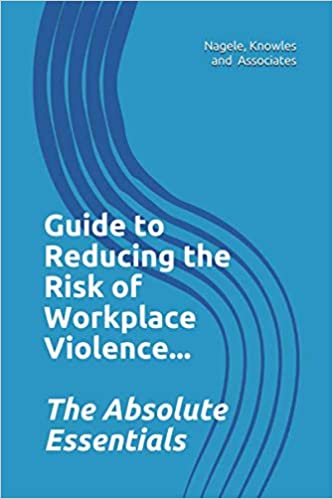
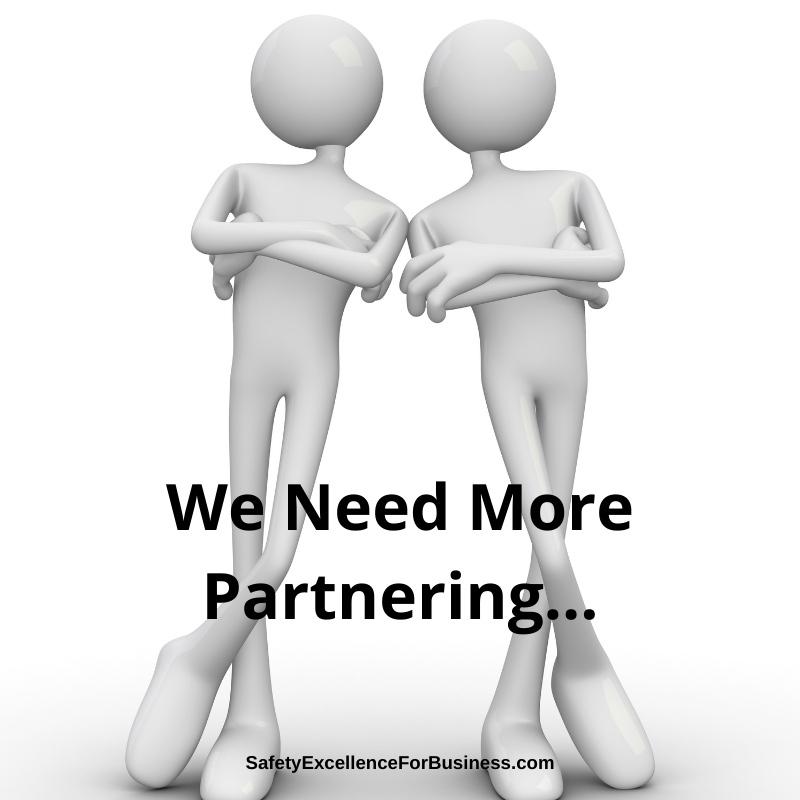 The COVID-19 pandemic, the return to school questions, the protests and riots in so many of our cities, the bitter political campaign, the demand for using the “correct” words, are driving people crazy. The COVID-19, the questions, the anxieties and concerns, spill into our workplaces causing a lot of uncertainty and stress. We see this happening every day. Our businesses, our schools and hospitals, our governments, and not-for-profits, at all levels, are struggling. Changes and pressures are coming faster and faster.
The COVID-19 pandemic, the return to school questions, the protests and riots in so many of our cities, the bitter political campaign, the demand for using the “correct” words, are driving people crazy. The COVID-19, the questions, the anxieties and concerns, spill into our workplaces causing a lot of uncertainty and stress. We see this happening every day. Our businesses, our schools and hospitals, our governments, and not-for-profits, at all levels, are struggling. Changes and pressures are coming faster and faster. In thinking about your own place where you work, what do you suppose it would be like if you did some of these things? Do you think that you could begin talking with others about the COVID-19 challenges and building a more respectful environment? What do you think it would be like if you could openly talk together about the important issues like workable, social distancing and improving the safety of your job?
In thinking about your own place where you work, what do you suppose it would be like if you did some of these things? Do you think that you could begin talking with others about the COVID-19 challenges and building a more respectful environment? What do you think it would be like if you could openly talk together about the important issues like workable, social distancing and improving the safety of your job? When I was transferred to the DuPont Belle, West Virginia plant in 1987, the Total Recordable Injury Case Rate (TRC) was about 5.8 and emissions to air, water and ground, as reported in the EPA Toxic Release Inventory (TRI) annual report, was over 6,000,000 pounds/year. Within three years, both of these had dropped by about 95% to a TRC of about 0.3 and a TRI of about 275,000 pounds/year. Emissions to the environment is one way to measure how well the process safety is working; the better the process safety work, the lower the emissions to the environment.
When I was transferred to the DuPont Belle, West Virginia plant in 1987, the Total Recordable Injury Case Rate (TRC) was about 5.8 and emissions to air, water and ground, as reported in the EPA Toxic Release Inventory (TRI) annual report, was over 6,000,000 pounds/year. Within three years, both of these had dropped by about 95% to a TRC of about 0.3 and a TRI of about 275,000 pounds/year. Emissions to the environment is one way to measure how well the process safety is working; the better the process safety work, the lower the emissions to the environment.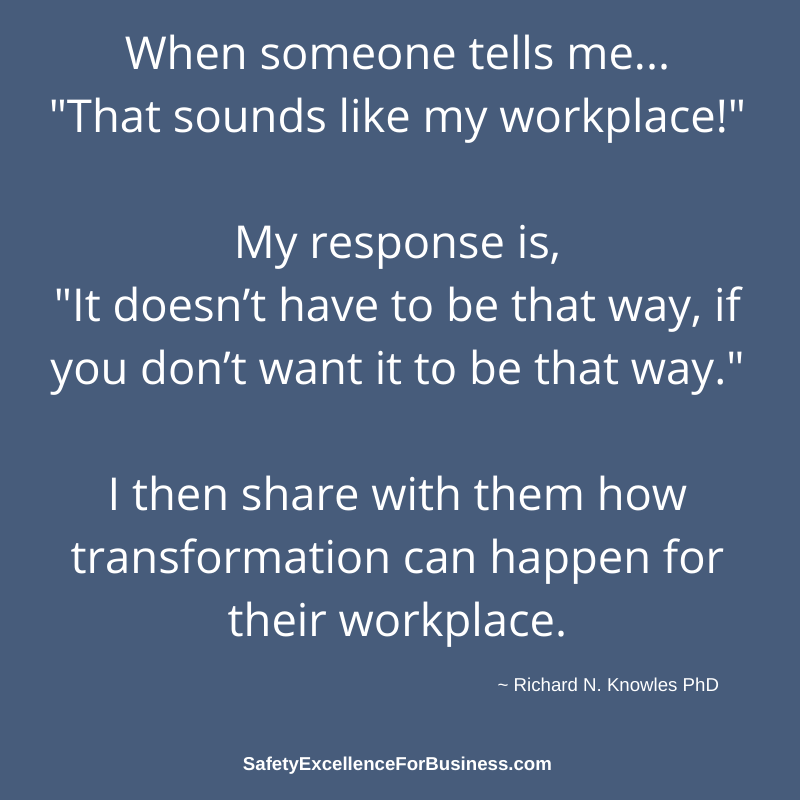 The process safety management collapsed in January of 2010 with major, accidental releases to the air and river and they had a man get killed with a phosgene release. When the US Chemical Safety Board investigated in late 2010, they reported that while the occupational safety and health performance was the best in the DuPont Company, the process safety management had fallen apart and the plant was not even using the DuPont standard procedures. This was a sad commentary about how far things had fallen.
The process safety management collapsed in January of 2010 with major, accidental releases to the air and river and they had a man get killed with a phosgene release. When the US Chemical Safety Board investigated in late 2010, they reported that while the occupational safety and health performance was the best in the DuPont Company, the process safety management had fallen apart and the plant was not even using the DuPont standard procedures. This was a sad commentary about how far things had fallen. You can’t turn on the news or check your Internet homepage without sensing the depth of the issues that our country is experiencing. Whether it is returning to the workplace amidst COVID-19 rules, political protests, religious non-tolerance, or negative nightly news events – we’re experiencing a wide berth of dramatic events. And each of us has an opinion, a response, a way that we individually see these events and cope with this discord.
You can’t turn on the news or check your Internet homepage without sensing the depth of the issues that our country is experiencing. Whether it is returning to the workplace amidst COVID-19 rules, political protests, religious non-tolerance, or negative nightly news events – we’re experiencing a wide berth of dramatic events. And each of us has an opinion, a response, a way that we individually see these events and cope with this discord.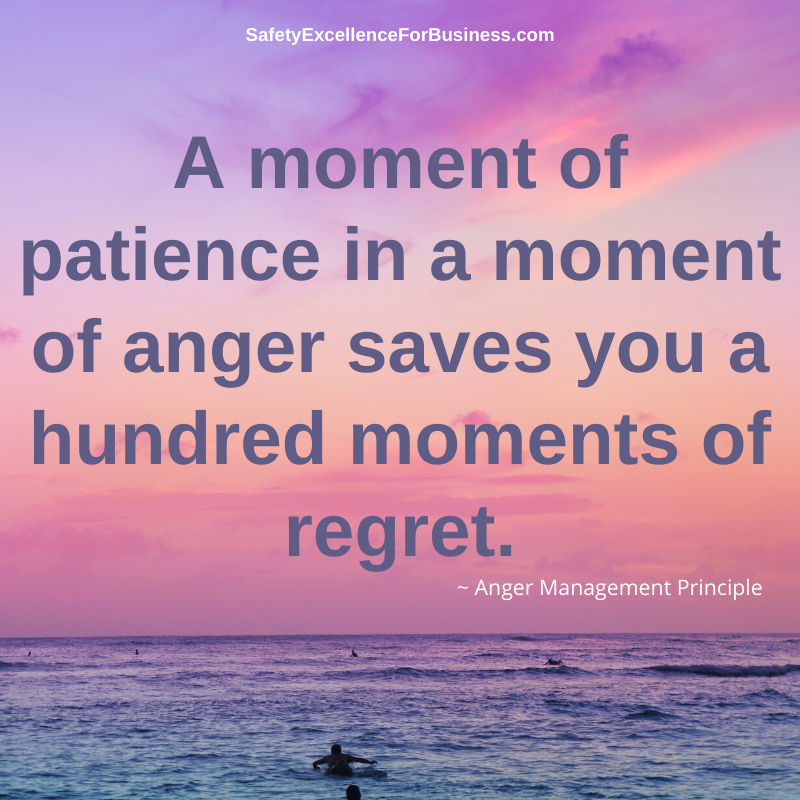 It doesn’t have to be that way! Take a timeout!
It doesn’t have to be that way! Take a timeout! It will not be easy as people are returning to the workplace. Leaders and managers must get out of their offices and purposefully engage with the people. They need to talk about the COVID-19 problem, share what is happening, and talk about the problems with which they are dealing. They need to do this with openness, honesty, respect, and caring. This is not just a one-off contact; leaders and managers need to engage in these conversations every day!
It will not be easy as people are returning to the workplace. Leaders and managers must get out of their offices and purposefully engage with the people. They need to talk about the COVID-19 problem, share what is happening, and talk about the problems with which they are dealing. They need to do this with openness, honesty, respect, and caring. This is not just a one-off contact; leaders and managers need to engage in these conversations every day! In the June 2017 issue of EHS-Today is an article about engaging and training workers as a foundation block for an effective safety program, while applying critical thinking principles. The intent, of course, is to seek out more and more opportunities to have people involved and participating in safety risk assessment, engaging at a grassroots level for finding solutions and training whole teams in the entire process. At a deep level, each of us knows that having people involved and with you in moving your business or organization forward is a good thing!
In the June 2017 issue of EHS-Today is an article about engaging and training workers as a foundation block for an effective safety program, while applying critical thinking principles. The intent, of course, is to seek out more and more opportunities to have people involved and participating in safety risk assessment, engaging at a grassroots level for finding solutions and training whole teams in the entire process. At a deep level, each of us knows that having people involved and with you in moving your business or organization forward is a good thing!




